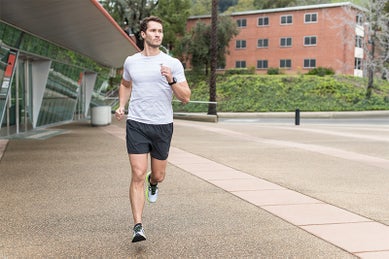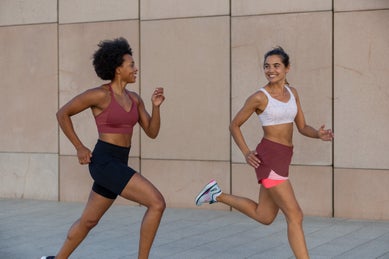How to Choose the Best Running Shorts
Running shorts come in a variety of styles and features. From built-in liners to waistbands with pockets, split shorts to 2-in-1 and fitted tights, we break it all down to help you discover which short is right for you.
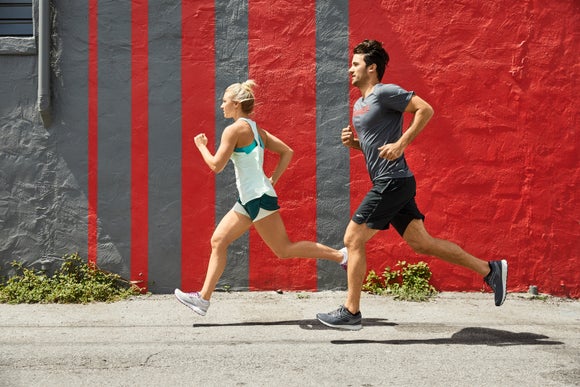
One look at our huge selection of men's and women's running shorts, and you might be overwhelmed by the options. Some shorts have liners, some have pockets, others have wide waistbands; once you delve into how certain styles can benefit your running, you may look at shopping for shorts a little differently. Here's a breakdown of some key features, along with a brief explanation of why you may want them in your next new pair of shorts. Our goal is to provide you with some tips on how to select the best pair of running shorts to suit your needs. When you find the short that compliments you perfectly, you'll be glad you read this!
Inseam Length
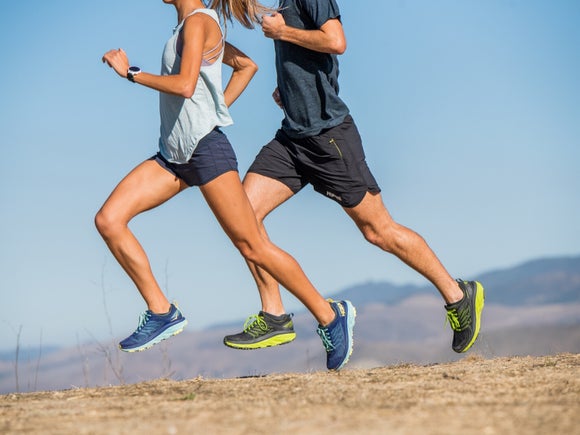
Inseam length determines the amount of leg coverage as well as your freedom of movement. A shorter length allows for an optimal range of motion, while a longer length provides added coverage and protection. Typically, competitive runners go with a shorter length for increased mobility, but this decision often comes down to what you are comfortable wearing. Luckily for you, we personally measure each pair we bring into stock, so you can rest easy knowing the measurements you read on our website are accurate.
Split Shorts
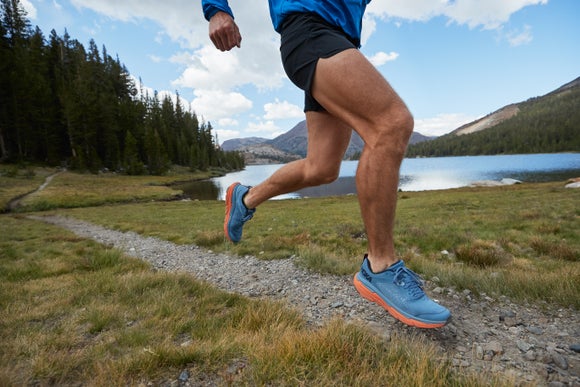
Split shorts offer slits up the sides that provide your legs with a greater range of motion. These types of shorts come in 1/4, 1/2, and 3/4 lengths, so you can choose the amount of freedom you want. The higher the split rises, the wider the panels of the shorts open up, allowing your legs to move freely between strides. Scalloped or contoured hems are specific types of splits that also allow for an increase in mobility. And while any runner can wear split shorts, they are most common among track athletes and competitive runners.
Waistband Width
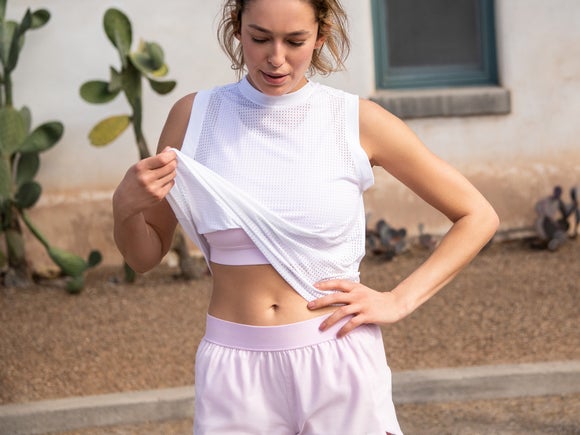
The waistband width greatly affects the comfort, security, and fit of your shorts. Wider waistbands provide a flattering silhouette with a smooth band that doesn't dig into your waist. These are ideal for the runner who likes to store a phone or gear in their pockets since the wider band acts as an anchor that prevents the shorts from constantly sliding down. On the contrary, a thinner waistband adds a minimal design for less coverage and is typically seen on lightweight shorts like splits. Regardless of whether the waistband is thick or thin, most shorts come with an adjustable drawcord to help dial in the perfect fit.
Liners
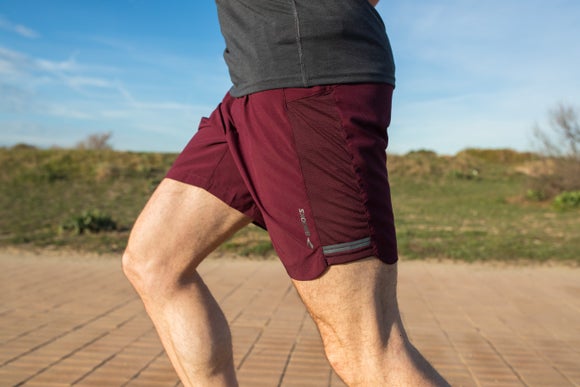
Liners are a common feature of running shorts and are typically available as either a brief or 2-in-1 style (more on that below). They are constructed with lightweight, breathable fabric designed to quickly wick moisture away from your skin while allowing for airflow and added support. Liners also help prevent your skin from chafing in sensitive places, and they let you wear your shorts without underwear, which has a tendency to get bunched up. There are also running shorts that don't include a liner. This can be beneficial if you have your preferred underlayer, such as winter tights, to add extra warmth and protection on colder days.
Fitted Short Tights

Short tights provide a stretchy, tight construction for a snug, sleek fit. These fitted shorts are usually preferred for high-performance running because they allow for optimal freedom of movement. Although they can be seen on everyone from top-tier marathoners to elite track athletes, any type of runner will appreciate their streamlined profile and flat seams, which prevent chafing.
2-in-1 Shorts
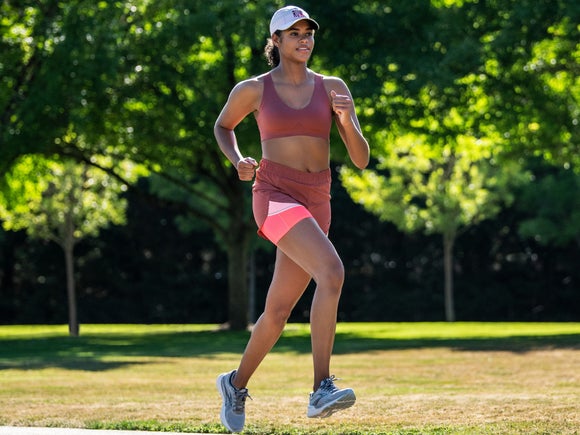
2-in-1 shorts are built with an outer shell short along with a fitted inner liner that provides a snug fit. Similar to fitted shorts, the inner layer is constructed with a seamless or flatlock seam design to prevent your skin from chafing, but there is an additional outer layer to provide coverage. Some runners prefer the inner fitted short compared to the typical brief liner. The 2-in-1 shorts are especially common for runners who also cross-train or do yoga.
Pockets and Storage
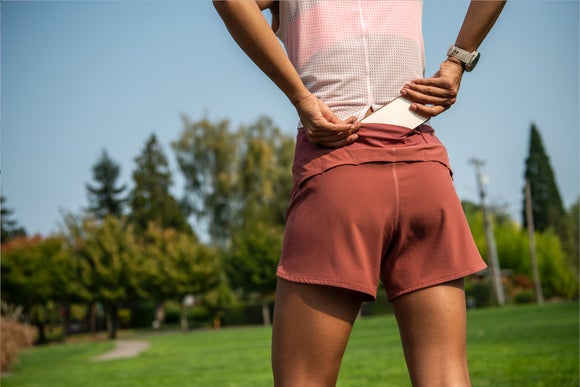
Shorts with storage space allow you to stash your running essentials, such as your keys, gels, ID, phone, and other gear. Drop pockets, internal envelope pockets, and zippered pockets are all places for you to keep your necessities so you can stay hands-free on your run. As a good rule of thumb, the longer your runs last, the more storage space you may need. For example, a runner training for a half marathon or ultramarathon will require much more storage than a 5K athlete. On the flipside, minimal shorts come with little to no storage and are better for shorter distances or racing.
